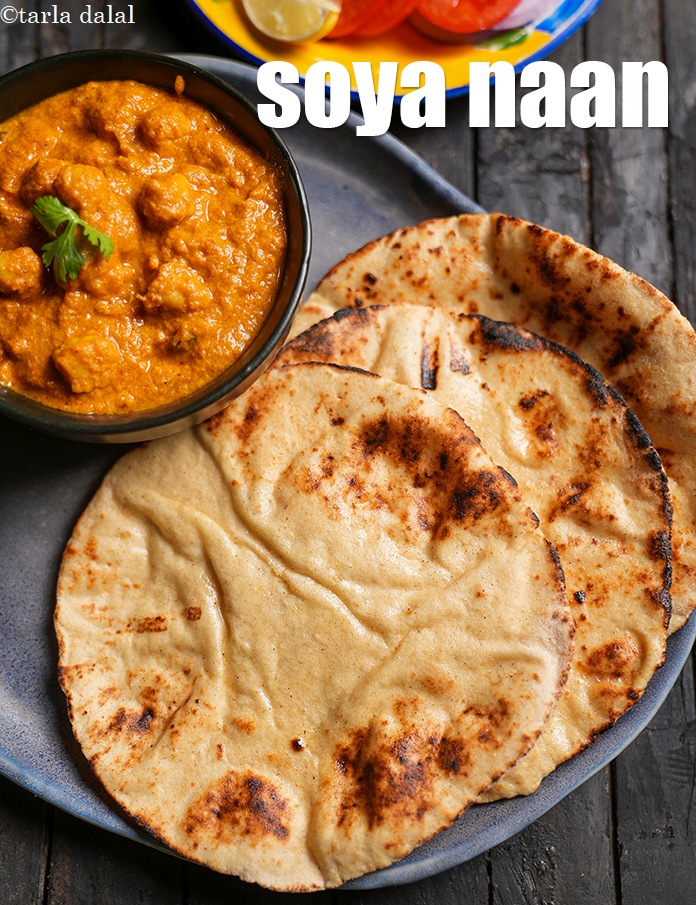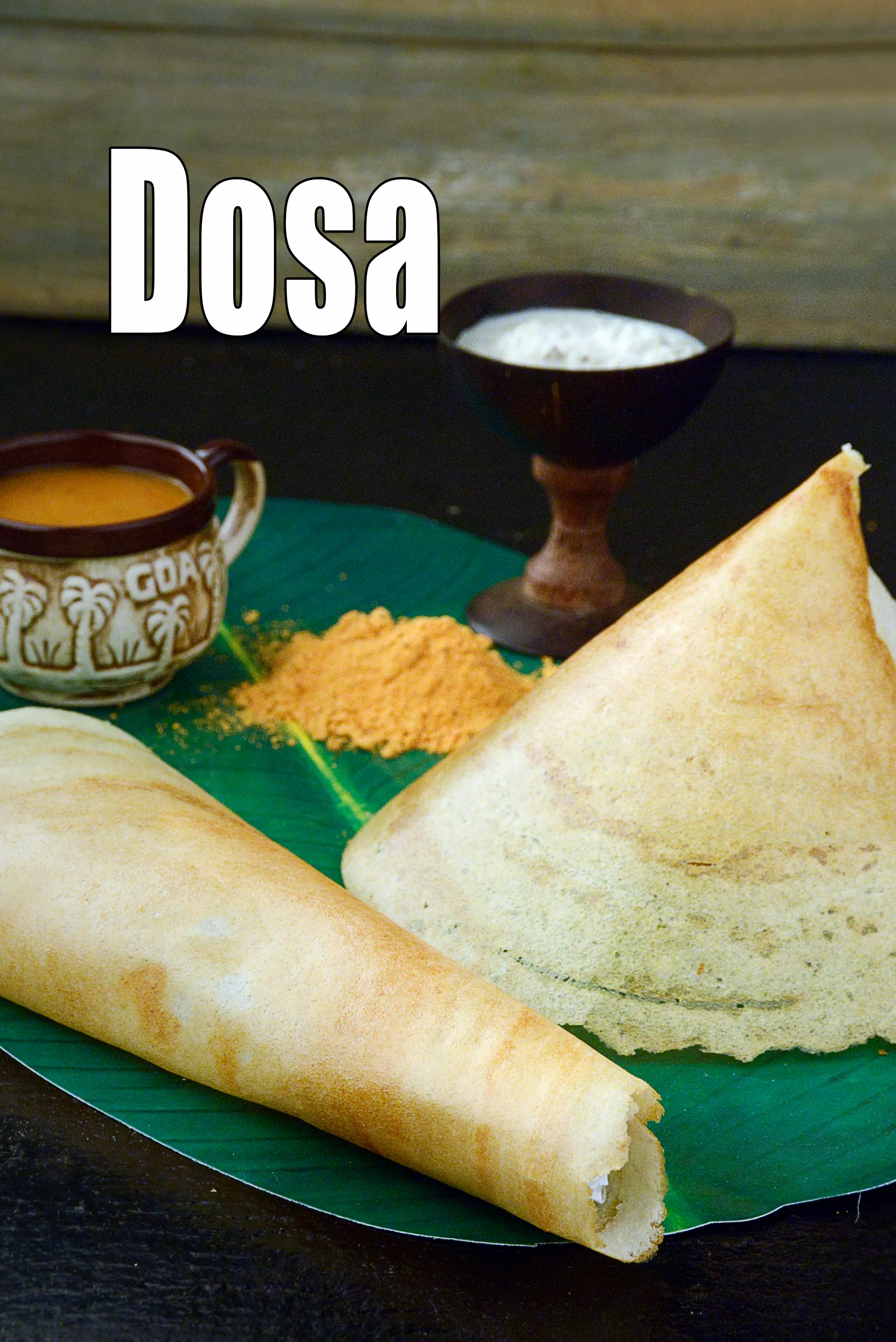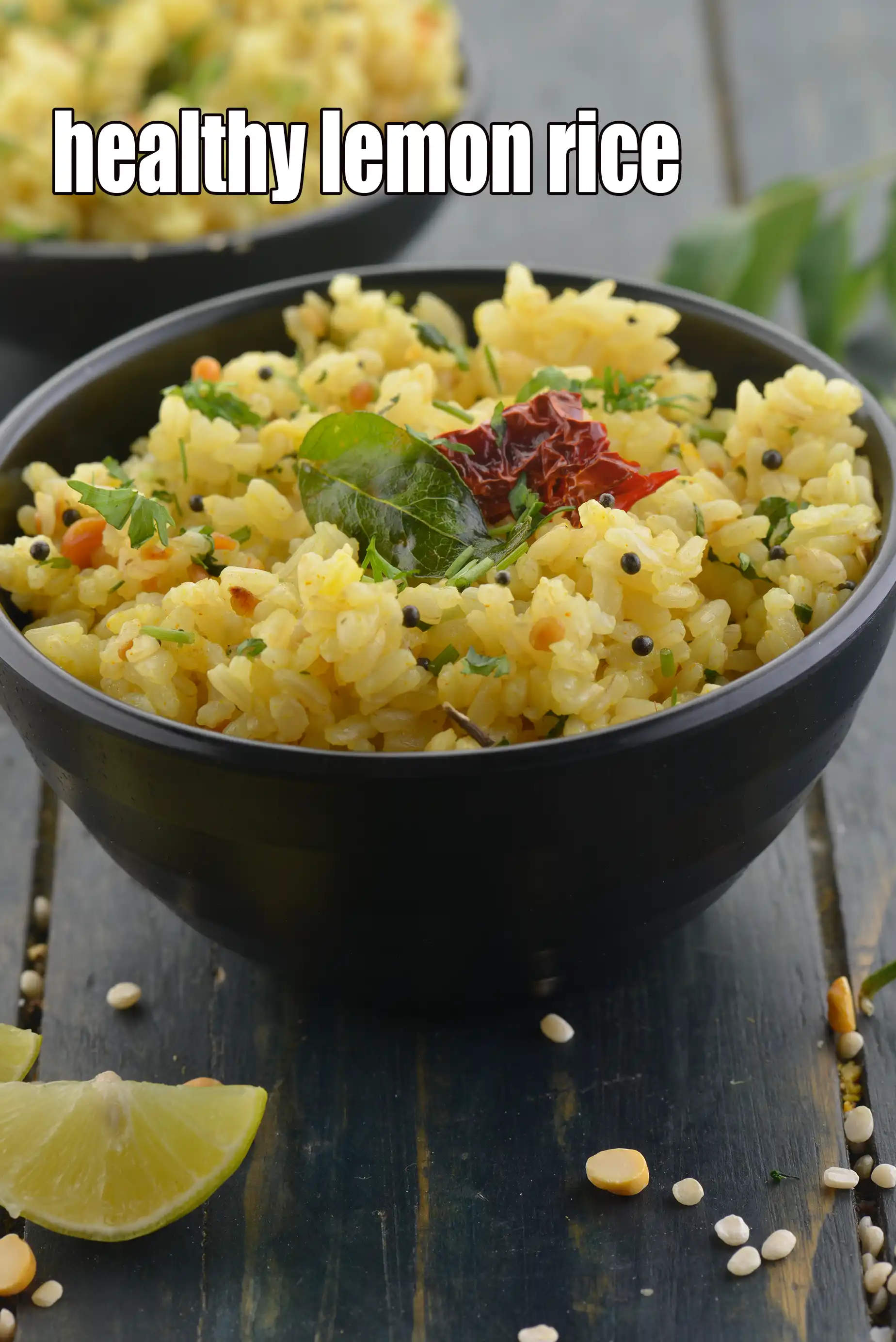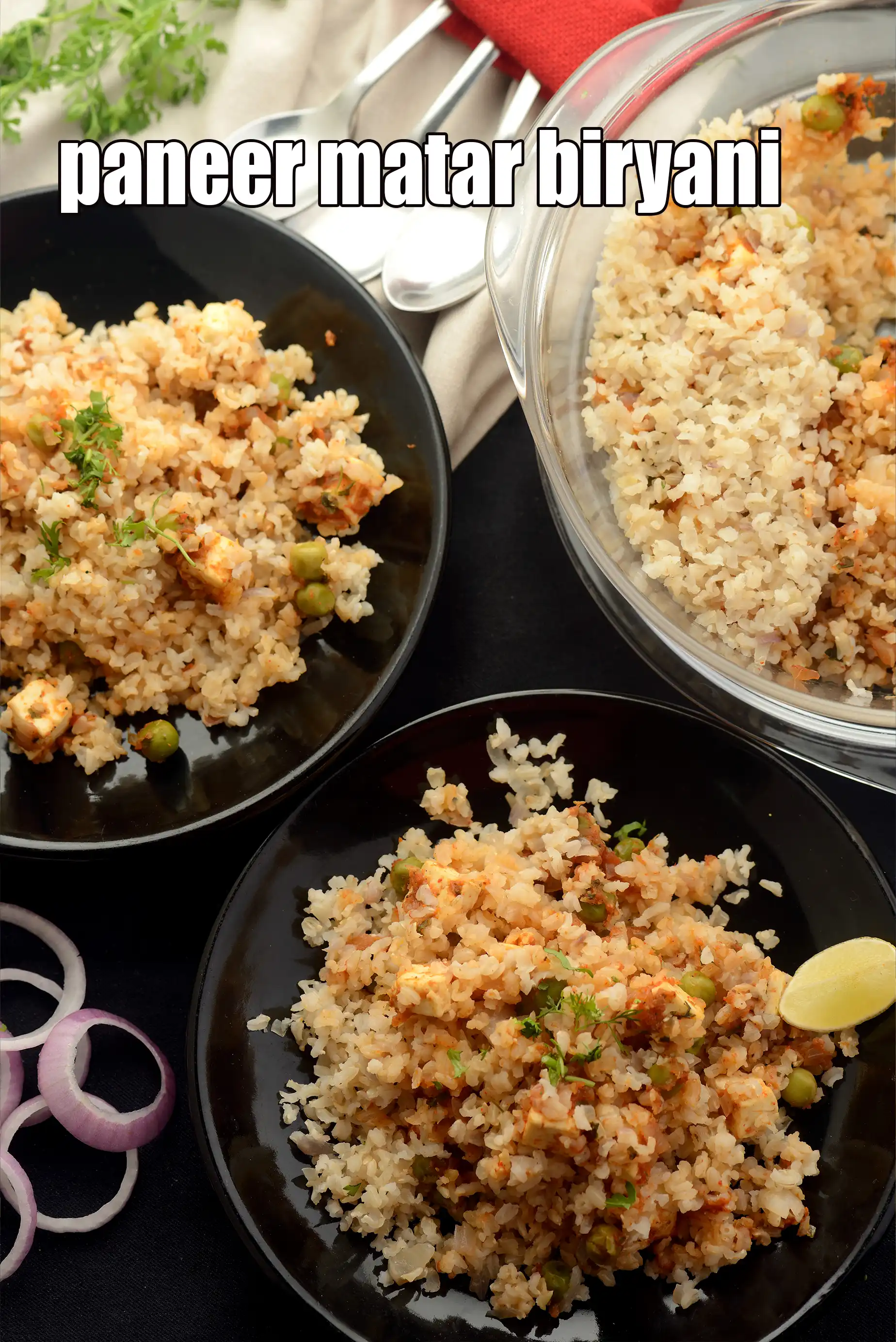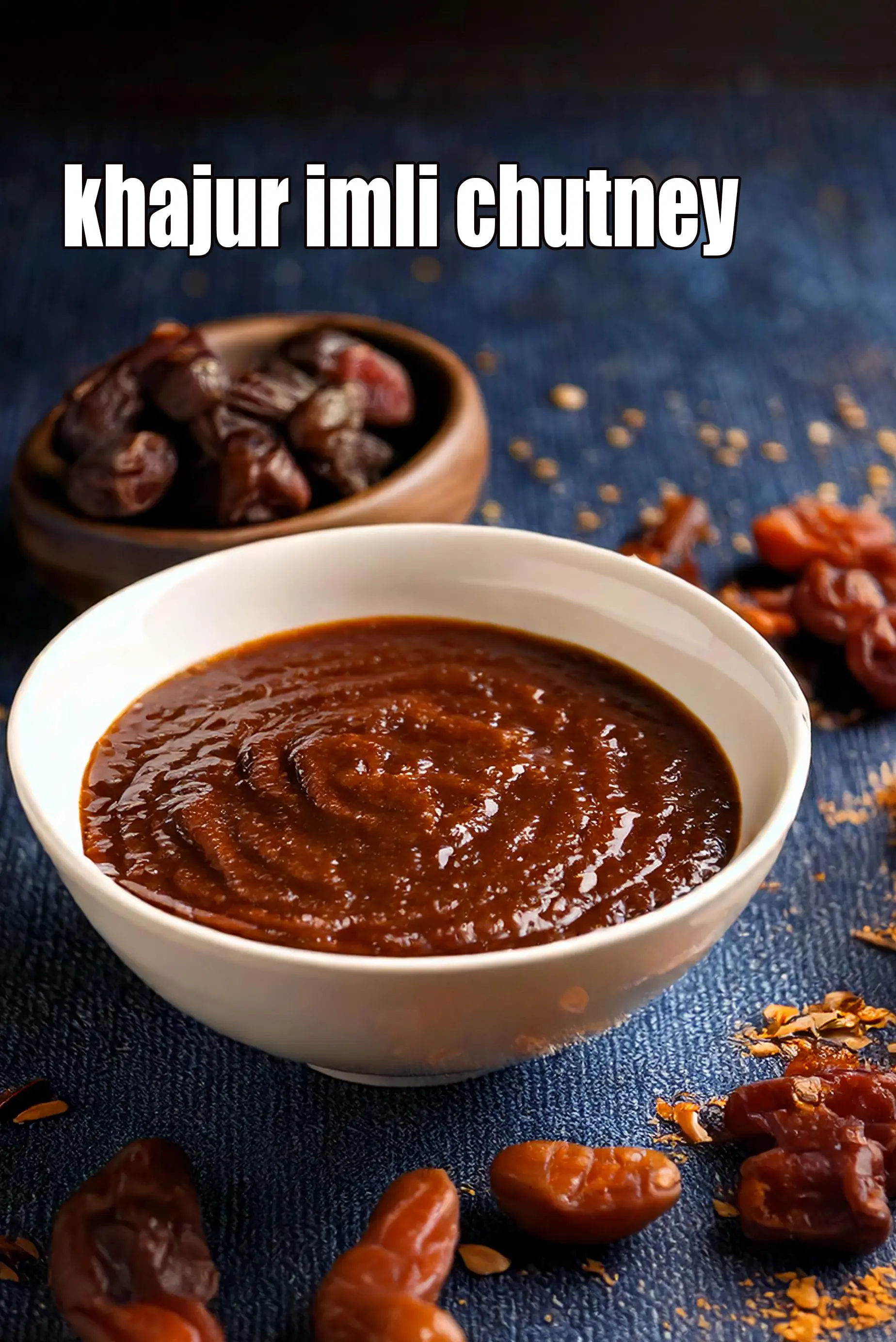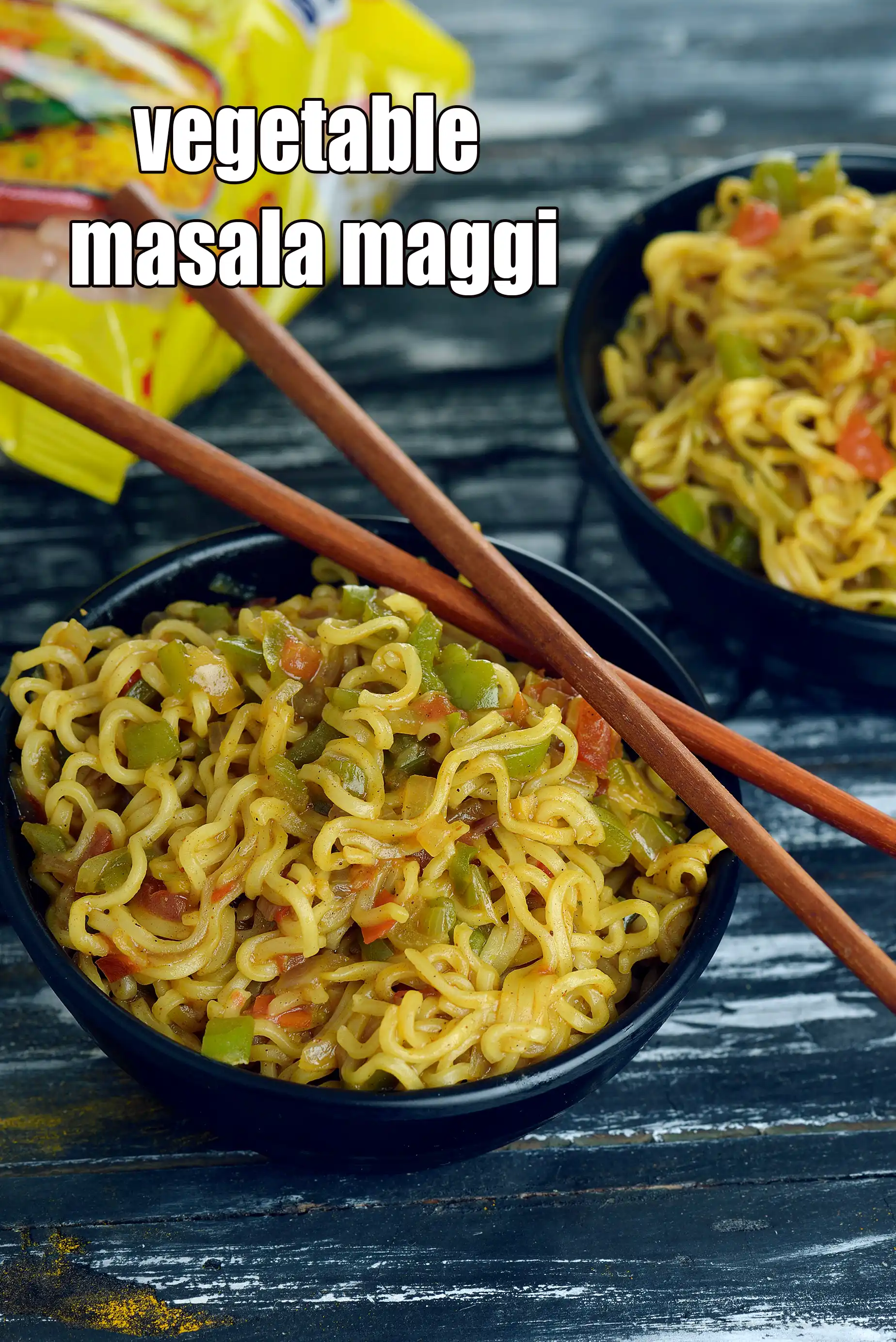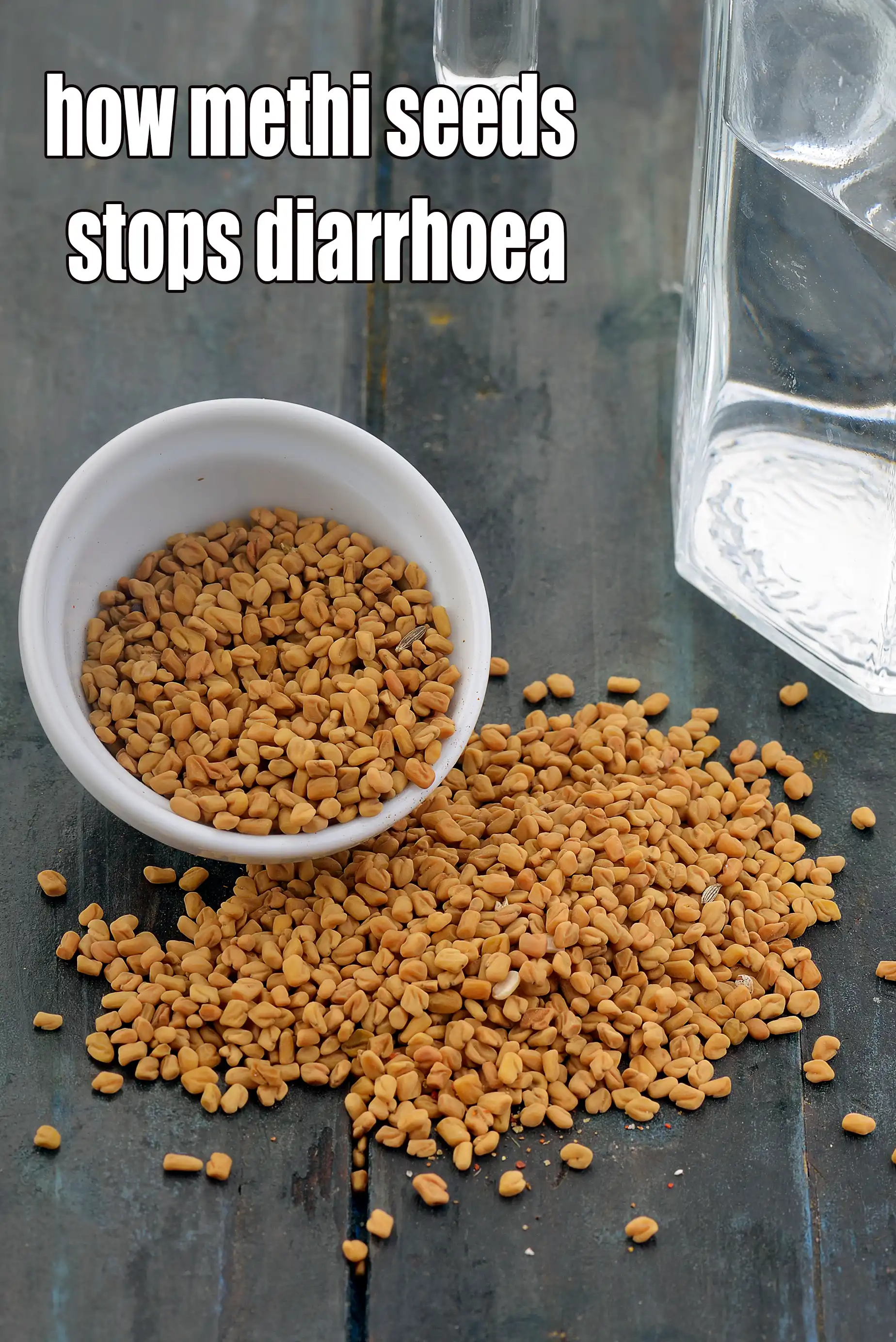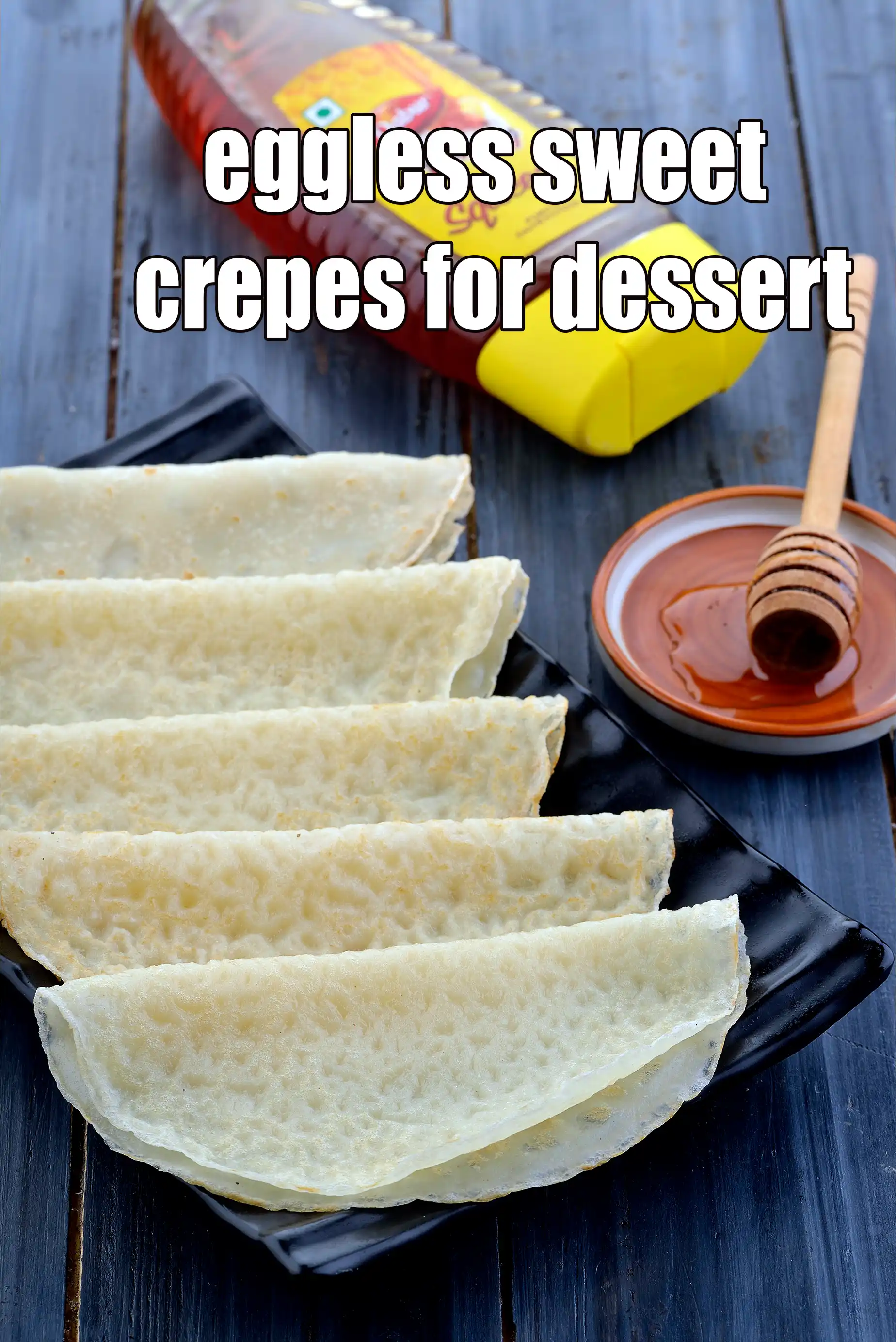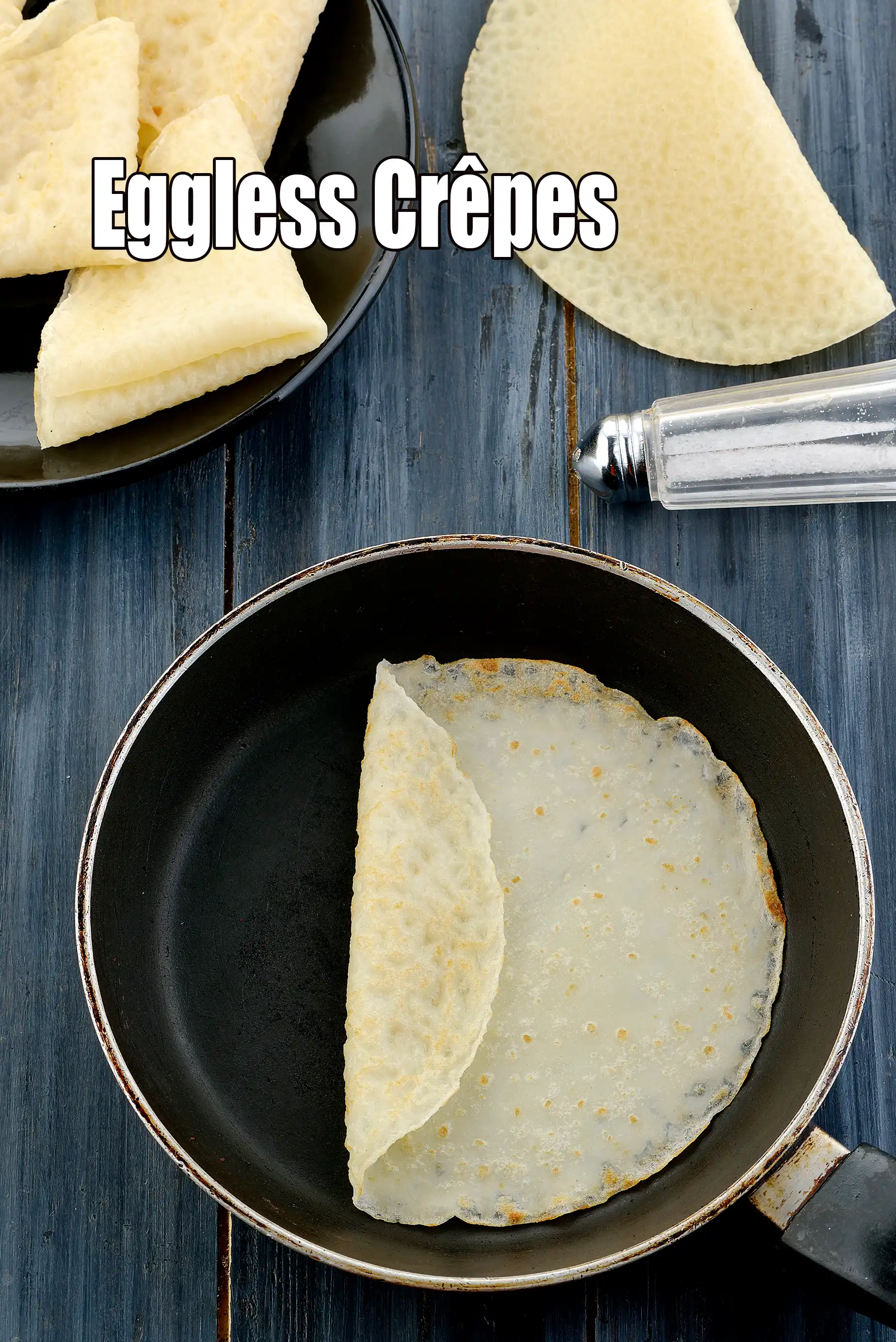Nutritional Facts of Chinese Egg Fried Rice recipe, Egg Fried Rice (Easy, Restaurant style) Calories in Chinese Egg Fried Rice recipe, Egg Fried Rice (Easy, Restaurant style)
This calorie page has been viewed 55659 times

Table of Content
How many calories does one serving of Chinese Egg- Fried Rice have?
One serving of Chinese Egg- Fried Rice gives 181 calories. Out of which carbohydrates comprise 95 calories, proteins account for 19 calories and remaining calories come from fat which is 67 calories. One serving of Chinese Egg- Fried Rice provides about 9 percent of the total daily calorie requirement of a standard adult diet of 2,000 calories.
Chinese Egg- Fried Rice recipes serves 5.
181 calories for 1 serving of Chinese Egg- Fried Rice, Cholesterol 0 mg, Carbohydrates 23.8g, Protein 4.8g, Fat 7.4g. Find how much fibre, iron, calcium, zinc, magnesium, phosphorus, sodium, potassium, folic acid is present in Chinese Egg- Fried Rice
Click here to view. Chinese Egg- Fried Rice recipe | egg fried rice | How to make simple egg fried rice at home | egg fried rice restaurant style |
Unlike some hurried versions in which the eggs are placed in one chunk above the fried rice, here they are cooked along with the vegetables to make scrambled egg rice.
If you wish, you can even first cook the eggs like an omelette and then cut into small pieces and mix with the rice, veggies and soy sauce, to make a lip-smacking meal-in-a-bowl fried rice. Chinese Egg Fried Rice is also easy to serve as the egg pieces are uniformly distributed.
To make this a complete meal, serve the Chinese egg fried rice with Stir Fried Chinese Greens. A bowl of piping hot Talumein-Soup and deep-fried Spring-Rolls makes egg fried rice sumptuous.
Is Chinese Egg- Fried Rice healthy?
Yes, but make some changes. Use brown rice instead of white rice. Use Coconut oil instead of vegetable oils. Conditions apply.
Let's see why.
Let's understand the Ingredients.
What's good.
1. Spring Onions : The sulfur compounds in spring onions are known to keep blood pressure under check. Here the sulfur compounds and antioxidant quercetin together help to keep blood sugar levels under control by increasing the production of insulin making it good for Diabetics. Spring onions have also been identified to lower cholesterol levels in the body. The vitamin C also puts you at less risk of heart disease. Being very low in calories and fat and encompassing a basketful of nutrients, they are looked upon as a weight loss vegetable too. See detailed benefits of spring onions.
2. Celery (Ajmoda) : Celery helps reduce the total blood cholesterol and triglyceride levels, thus reducing the clogging of arteries and chances of stroke. Diabetics too can include this vegetable to their diet as its high fiber contribute to maintain healthy levels of blood sugar levels. Potassium and its active compound phthalides have shown positive effects in controlling blood pressure. See detailed benefits of celery.
3. French Beans ( Fansi ) : French Beans is rich in folic acid. A deficiency of folic acid can also lead to anaemia, as like iron they are equally necessary to make red blood cells. Without enough folic acid, you can get easily tired. Pregnant women can also benefit from its folic acid count. It’s effective to achieve weight loss, overcome constipation, control blood sugar levels, treat high cholesterol as well as prevent cancer. See here for detailed 15 benefits of french beans.
4. Carrots (gajjar) : Carrots have the nutrient Beta Carotene which is a form of Vitamin A, helps prevent deterioration of the eye as one gets older and prevents night blindness. Carrot is great for the eyes.They relieve constipation, lower blood pressure, have fibre and lower cholesterol. Read the 11 super benefiits of carrots and why to include in your daily diet.
5. Capsicum (Bell Peppers) : Rich in vitamin C, capsicum protect and maintain the lining of the heart. Low glycemic index (40) colourful capsicum are immune boosters. Colourful capsicums are not only visually appealing but also good for your eyes too, as they contain antioxidant Lutein, which protects the eye from cataracts and degeneration of the eye. Capsicum is high in Folate or folic acid, which is important for rapid growth and multiplication of red blood cells and white blood cells in the bone marrow. See detailed benefits of capsicum.
6. Cabbage ( Patta Gobhi + Red Cabbage) : Cabbage is low in calories, relieves constipation, good for diabetics. Cabbage has high levels of flavonoids and anthocyanins and has long been used as a herbal medicine. Rich in Antioxidants in turn lowers the risk of infection and inflammation of the body due to eating processed foods. Red cabbage also called purple cabbage has slightly high levels of flavonoids and anthocyanins than green cabbage and has long been used as a herbal medicine. It has same health benefits to offer as the cabbage otherwise.See here all benefits of cabbage.
7. Health Benefits of Eggs
1. Eggs are an inexpensive good quality protein rich foods with all the 9 essential amino acids. One egg (50 g) contains approximately 87 calories and 6.7 g of protein. For those who stay clear of non-vegetarian foods like meat and fish, can rely on eggs as a source of complete protein.
2. Moreover they are a fairly good source of calcium, vitamin D and phosphorus… All these nutrients along with protein work towards building strong bones and preventing osteoporosis.
3. Eggs are also rich in vitamins like Vitamin A (necessary of healthy eyes) and B vitamins (vitamin B2, B3, B6 and B9).
4. The iron present in it will ensure a good supply of oxygen to prevent fatigue throughout the day.
5. Eggs give a high satiety value, while they add only fewer calories,. Thus they avoid unnecessary bingeing and thus promote weight loss too. Scrambled and boiled eggs should be preferred over the fried option. The reason is quite clear – none of us want to increase the waistline.
6. Eggs are considered as brain food due to the presence of choline in them. This benefits us by increasing the concentration by keeping the brain cells well-nourished.
7. Eggs are incredibly good source of antioxidants lutein and zeaxanthin, which is known to protects against macular degeneration in the eyes and delay the onset of cataract. They also reduce the inflammation in the body and scavenge the free radicals, thus protecting all the organs and cells of the body.
What's the problem?
1. Rice : Here are the pros for rice. Rice is a great source of complex carbohydrates, which is an important source of energy for our body. Rice is low in fibre and therefore a good option for people suffering from diarrhoea. What's not good in rice. Foods like rice are high in Glycemic index are not suitable for weight loss, heart patients, diabetics as they affect the blood sugar control levels. See details of is white rice and parboiled rice good for you?
2. Vegetable Oils : To some vegetable oil is only soyabean oil, while some promote it as a mix of oils like soyabean, canola, sunflower, corn and other omega-6 rich oils. These are often cheaper options than many oils, but they are highly processed oils. They are undoubtedly not to be reached out for, whether you are looking for salad dressings, sautéing or cooking. The 5 best oils used in cooking are olive oil (low temperature short time cooking), avocado oil, canola oil, coconut oil and peanut oil. You must read the super article to find the facts of which oil is the healthiest avoid vegetable oil.
SOLUTION
Brown Rice : The glycemic index of brown rice is lower than white rice. Therefore, brown rice is good for people with diabetes if consumed in limited quantities. Being a good source of fibre that reduces high cholesterol levels and prevents atherosclerosis and good for your heart. It can be opted by people on weight loss occasionally in very small quantities along with some vegetables. It is rich in thiamine and niacin, which are involved in energy metabolism reactions. See article is brown rice good for you?
Coconut Oil : Use coconut oil instead of processed seed oils like soyabean oil, canola, sunflower oil, corn oil and other omega-6 rich oils should be used in very low amounts. Coconut oil is a medium chain triglycerides (MCT’s). Unlike other fats, they go directly from the gut to the liver. From here, they are then used as a source of energy. As the calories in MCT’s are used straight away, they are less likely to be stored as fats in the body. MCT's have shown to improve your brain and memory function, they also give a boost to your energy levels and improve your endurance. The MCT in Coconut oil reduces the LDL cholesterol (bad cholesterol) while increasing the count of HDL cholesterol, maintaining normal blood pressure and good for diabetics. See detailed benefits of coconut oil.
Can diabetics, heart patients and over weight individuals have Chinese Egg- Fried Rice?
Yes, but make some changes and consume in limited quantity. Use brown rice instead of white rice. Use Coconut oil instead of vegetable oils. Conditions apply.
Can healthy individuals have Chinese Egg- Fried Rice?
Yes, but use brown rice to cook this. Brown Rice : The glycemic index of brown rice is lower than white rice. Therefore, brown rice is good for people with diabetes if consumed in limited quantities. Being a good source of fibre that reduces high cholesterol levels and prevents atherosclerosis and good for your heart. It can be opted by people on weight loss occasionally in very small quantities along with some vegetables. It is rich in thiamine and niacin, which are involved in energy metabolism reactions. See article is brown rice good for you?
Chinese Egg- Fried Rice is high in
1. Vitamin C : Vitamin C is a great defence against coughs and colds.
2. Phosphorous : Phosphorous works closely with calcium to build bones.
Note : a recipe is deemed high in a Vitamin or mineral if it meets 20% and above the recommended daily allowance based on a 2,000 calorie diet.
How to burn 181 calories that come from Chinese Egg- Fried Rice?
Walking (6 kmph) = 54 mins
Running (11 kmph) = 18 mins
Cycling (30 kmph) = 24 mins
Swimming (2 kmph) = 31 mins
Note: These values are approximate and calorie burning differs in each individual.
| Value serving | % Daily Values | |
| Energy | 217 kcal | 11% |
| Protein | 5.7 g | 10% |
| Carbohydrates | 28.6 g | 10% |
| Fiber | 1.45 g | 5% |
| Fat | 8.91 g | 15% |
| Cholesterol | 0.0 mg | 0% |
| VITAMINS | ||
| Vitamin A | 562.9 mcg | 56% |
| Vitamin B1 (Thiamine) | 0.1 mg | 10% |
| Vitamin B2 (Riboflavin) | 0.1 mg | 7% |
| Vitamin B3 (Niacin) | 0.8 mg | 6% |
| Vitamin C | 25.0 mg | 31% |
| Vitamin E | 0.3 mg | 4% |
| Folic Acid (Vitamin B9) | 31.6 mcg | 11% |
| MINERALS | ||
| Calcium | 62.1 mg | 6% |
| Iron | 1.7 mg | 9% |
| Magnesium | 39.5 mg | 9% |
| Phosphorus | 175.9 mg | 18% |
| Sodium | 221.9 mg | 11% |
| Potassium | 132.2 mg | 4% |
| Zinc | 0.6 mg | 3% |
Percent Daily Values are based on a 2000 calorie diet. Your daily values may be higher or lower depending on your calorie needs.

Click here to view Chinese Egg- Fried Rice
Calories in other related recipes

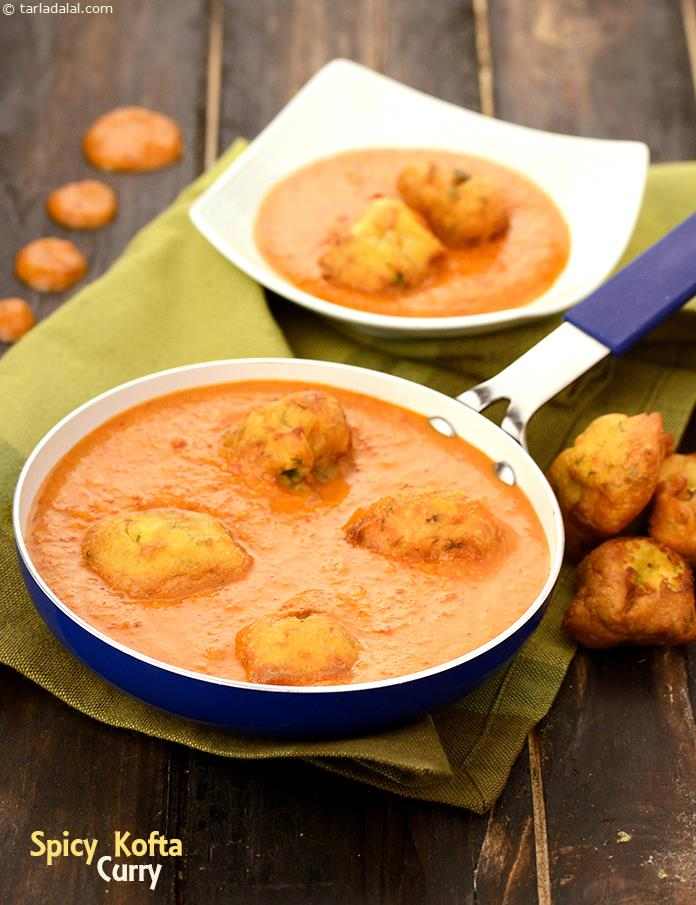


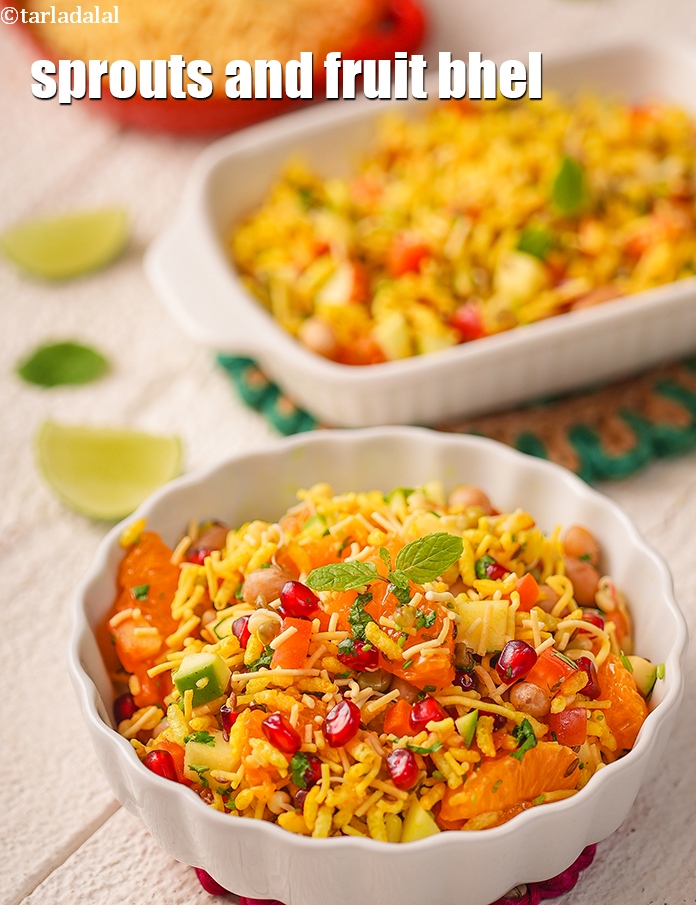
-9721.jpg)
